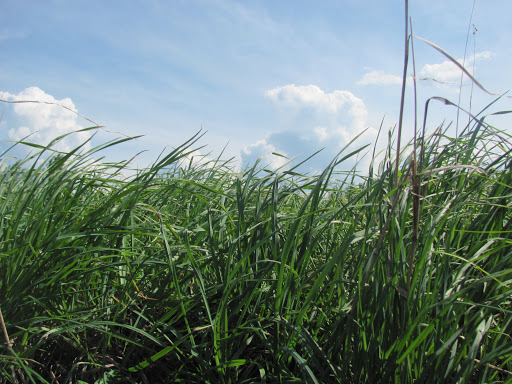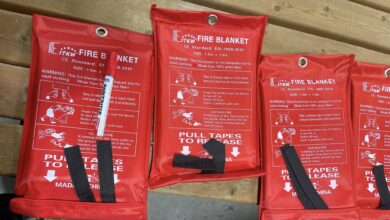
Mitigating Soil Salinity May Start with Perennial Forages
By Charlotte Ward PAg, Agri-Environmental Specialist, Yorkton
Soil salinity is considered a threat to production in many parts of the Prairies. Fluctuating water tables and bare soil can cause salts to be drawn to the soil’s surface and impact production. Saline areas can be a source of production and profit loss.
Not taking action will decrease average yield and overall returns across the field. Saline areas can also become a source of weeds and herbicide resistance. Tillage and herbicide applications in these areas can lead to increasing salinity as salts are pulled to the soil surface with evaporation. As soil salinity levels increase, stress on germinating seedlings and plants also increases. In general, perennial plants can handle salinity better than annual plants.
Implementing strategies that eliminate or reduce inputs in these areas and re-allocate inputs to more productive acres on the field, will often lead to increased farm profitability.
Strategies to reduce salinity may include:
Establish perennial cover;
Variable rate inputs;
Tile drainage; or
Combination of the above.
Perennial forage establishment is one of the most effective ways to combat salinity with minimal production risk or capital investment. Well-adapted perennial forage blends provide ground cover, compete with weeds and lower the water table.
Many saline areas are considered quite fertile as the uptake and removal of nutrients by non-saline tolerant annual crops is minimal. Established perennial forages can use excess fertility and can be sold to create income from these saline areas with little to no annual inputs.
In operations where forages are not a standard crop, seeding perennials may appear to be an inconvenience and pose challenges with equipment. However, the majority of saline acres are on field margins (particularly along roads) and near wetlands. Squaring off fields and seeding one or two passes to forages along roadways and around or between wetlands, can reduce some of the inconvenience and access concerns of harvesting forage in-crop during the growing season.
Perennial forages also provide many agri-environmental benefits, including reducing the over-application of fertilizer or crop-protection products in areas that cannot use them. They also support healthy riparian areas, wildlife habitat and carbon sequestration.
Variable rate technology can be used to lower fertilizer applications in saline areas by matching the fertilizer application rate to lower-yield potential areas resulting from salinity. Seeding rates can also be increased in saline areas to reflect higher seedling mortality rates. The benefits of adjusting inputs have both economic and environmental benefits in moderately saline areas and can make salinity management easier in the middle of a field. Variable rate management may not be effective in areas of high salinity. Depending on the level of precision mapping and zone development, there may be challenges with identifying or addressing widespread variability of salinity in a field.
Tile drainage moves water through the soil profile, flushing the salts out of the rooting zone. It can be considered remedial for a salinity over a relatively short period of time (five to 19 years) depending on weather and the degree of salinity. Tile drainage requires large capital costs before gains are realized, and the drained water can cause further water management challenges. Agri-environmental concerns include the foot-print of tile drainage installation, potential impact on downstream water quality (mobile nutrient loss) and loss of habitat and biodiversity if wetlands are removed.
Fixing salinity is not a short-term venture and producers may find the best results from a combination of strategies.
Within the Farm Stewardship Program, the Permanent Tame Forage BMP provides funding for the conversion of saline annually-cropped acres to perennial forage production. The Variable Rate Mapping BMP assists producers to obtain zone maps for variable rate fertilizer application. For more details and eligibility requirements for the Farm Stewardship Program, please visit Farm Stewardship Program, contact your Ministry of Agriculture agri-environmental specialist or agriculture programs specialist, or call the Agriculture Knowledge Centre at 1-866-457-2377.
For the latest information and for more updates on everything Kindersley ‘Like’ the Kindersley Social Facebook page below…








































